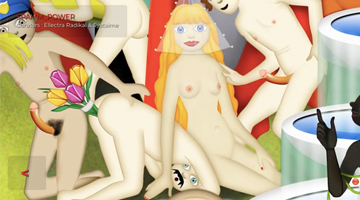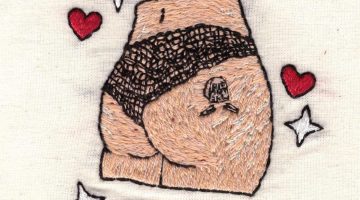- Do not self-historicize.
- Do not make Posters and Stamps to celebrate your centennial.
- Do not make Exhibitions at Home.
- Do not burn, do not destroy, do not empty your failed works; do not propose them again; do not dissect those by famous artists.
- Do not publish your book of Relics while alive.
- Do not write letters of thanks to the great of all time who wrote a book about you.
- Do not write letters to the famous artists of the past.
- Do not make lists that include your movement among those that contributed to the renewal of modern art.
- Do not expose banner of your celebrative exhibitions over the entrance of museums.
- Do not publish your past, present and future story; do not write it everywhere (on personal clothes, the human body, fabrics, columns, etcetera).
Dear Freud,
I shall be coming to Vienna in a week to bring you the Etruscan statuette which I promised you.
Only the day before yesterday I received your brilliant book with the stimulating title “Psychopathology of Cavellini’s Life”. I did not think that such a deep and detailed study would be the result. You must agree that I was a perfect and zealous patient during the month you kept me in your clinic.
I realised the very first time you came to examine me that my case was arousing a lively interest in you. Your analysis of my present experience as compared to the past has made clear to me the importance of the education given me by the society which caused me to rebel. Everything I think and do now is a direct consequence of what I was forbidden to do then. I thus come to see the usefulness of the uselessness of the world which accompanied my growth.
You rightly see a re-living of my youth in the way my youthful spirit guides my work.
Together with the statuette I shall take the liberty of presenting you with one of my works, which I hope will give you pleasure.
Kind regards,
GAC
In 1971 Cavellini coined the term self-historicization, upon which he acted to create a deliberate popular history through self-promotion. He made 16 Posters for the exhibition that he imagined would take place in 2014 in the most important museums of the world to celebrate the centennial of his birth.
Ten Ways to Become Famous
- Killing Cavellini, or being killed by Cavellini
- Being part of the Cavellinian Museum
- Exhalting Cavellini’s self-historicization
- Wearing the coat and suit written by Cavellini
- Having Cavellini write his story on your body
- Organize a Center for Cavellinian Studies
- Being commissioned with celebrating Cavellini’s anniversary
- Writing a book or an essay about Cavellini
- Receiving by mail a “Round Trip” by Cavellini
- Owning a work by Cavellini






























